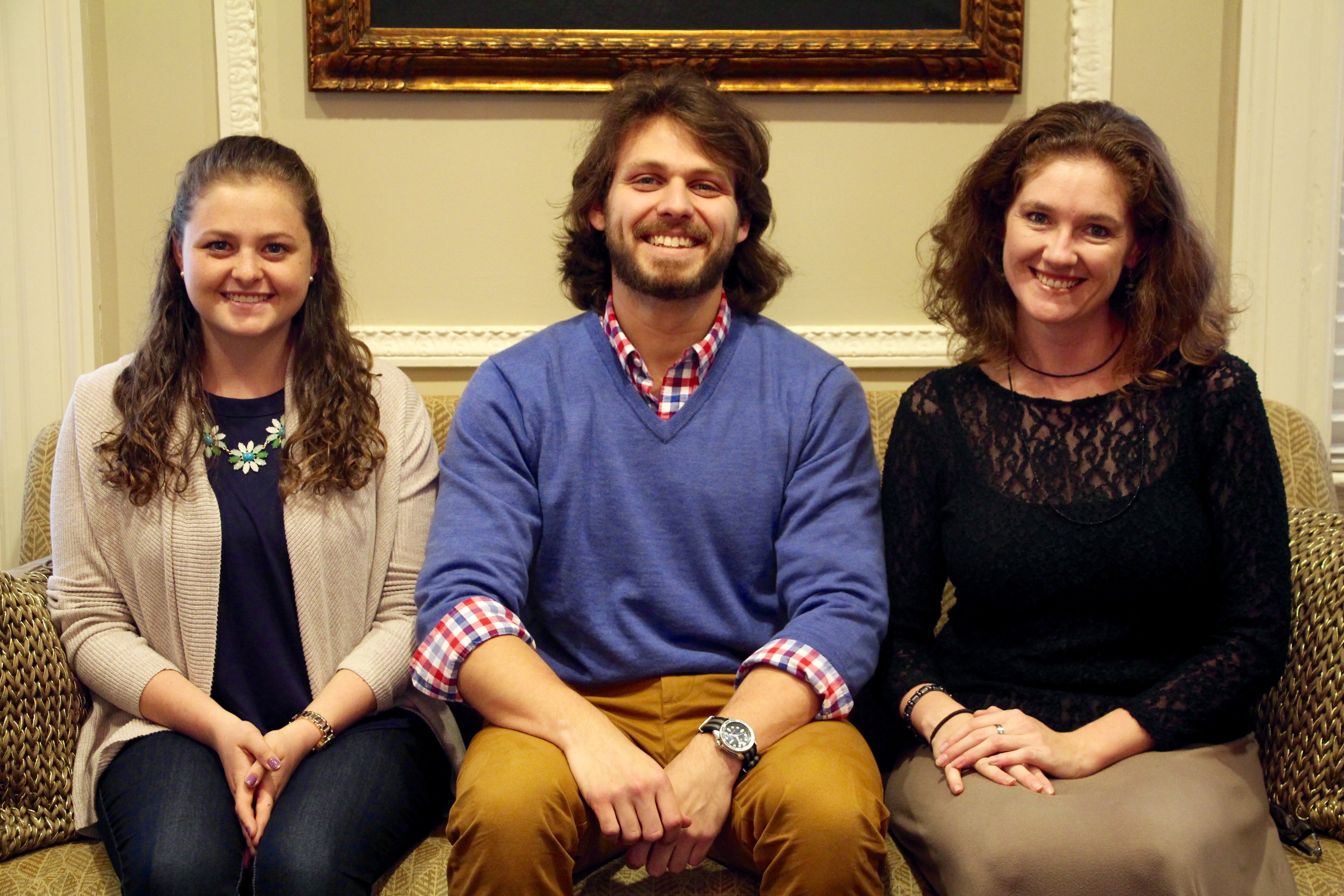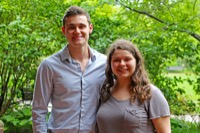Secrets of Egypt
'Spectacular' archaeological site provides details of ancient life
11:44 a.m., June 7, 2011--For almost two decades, archaeologist Steven Sidebotham has been uncovering—literally, layer by layer—the secrets of an ancient, multicultural Egyptian city that reveals a new chapter of its story each time he visits.
This year, for example, the UD history professor's archaeological dig at the Red Sea port city of Berenike found a pet cemetery containing the remains of 17 dogs and cats, ship timbers and other sailing artifacts from the harbor area and a trove of objects from an early Roman trash dump.
Global Stories
Fulbright awards
Peace Corps plans
"This is an amazing, huge site with excellent preservation" because of the desert climate, Sidebotham said. "We've probably covered about 2 percent of the surface, so there are still several lifetimes' worth of work to be done. We'll never be finished with it."
The project began in 1994 and has survived government upheavals, administrative delays, changing international partnerships and even this year's political turmoil that ousted Egyptian President Hosni Mubarak. Operating on a shoestring budget that often includes infusions of his own money, Sidebotham and his colleagues have documented a thriving culture that existed in the city for some 800 years, beginning around the 3rd century B.C.
"This project is not just my research; it's my life," Sidebotham said. He writes annual field reports detailing his findings and has authored or co-authored several books, the most recent of which is Berenike and the Ancient Maritime Spice Route, published in January by the University of California Press. In 2008, the Discovery Channel featured his work in the documentary "When Rome Ruled Egypt."
On the edge of Egypt's eastern desert, known to natives as "the red land," Berenike thrived as a trading port for goods from Europe, Asia and southern Arabia. Sidebotham's digs have turned up such varied items as Indian-made pottery and beads, a figurine of Venus, timbers made of cedar from Lebanon, a clay jar containing decorative silver pieces, Roman glass, sapphires and other gems, a mother-of-pearl cross and sliver of Turkish marble used as veneer for walls. One large jar found embedded in the courtyard floor of a temple contained nearly 17 pounds of black peppercorns, which had been imported from India in the first century.
In addition to such objects, the project also has yielded much information about life in and around the city, Sidebotham said. Findings include elephant teeth and what was likely a holding pen for the animals used as ancient military vehicles, artifacts from several religions and a variety of deities and evidence of 12 different written languages including one that is as yet unidentified.
Writings on scraps of papyrus have yielded everything from a personal letter to a bill of sale for a donkey. And human remains indicate that the city was home to people of all ages as well as backgrounds.
"Berenike was a very cosmopolitan place where people—men, women and children, many of whose names and ethnic and social statuses we have discovered—lived, worked and perished," Sidebotham writes in his latest report summarizing work at the site this January and February.
"It was a cultural melting pot where the common interest was making a great deal of money from the lucrative trade…that passed both ways through the emporium."
Sidebotham, who has been hooked on archaeology since he was a high school "Army brat" living in Turkey and was able to see ancient ruins just a short drive from where his teachers were talking about them in class, has been digging since 1972. He first went to Egypt in 1965, studied at the American University in Cairo from 1969-71 and first excavated in Egypt in 1980.
His work at Berenike began as a joint project between UD and Leiden University in the Netherlands. When his co-director moved to UCLA, that institution partnered with Delaware. The project was suspended from 2002-2008 due to political and military situations in Egypt but now has resumed for three seasons in a partnership with the University of Warsaw's Polish Centre of Mediterranean Archaeology.
Tight budgets mean that less time and manpower is now available, Sidebotham said, but he noted that the past three years have had "really spectacular" results that he has every intention of continuing.
"Digging is not like doing a lab experiment, where you can do it over and over," he said. "You get one chance to do it, and it's important to do it right."
Article by Ann Manser
Video by Andrea Boyle
Photos courtesy of Steven Sidebotham













